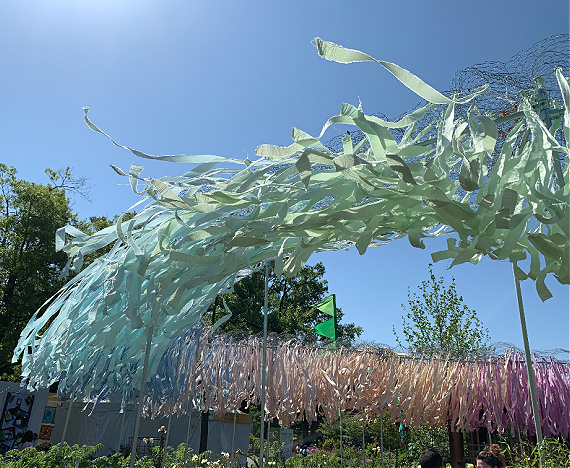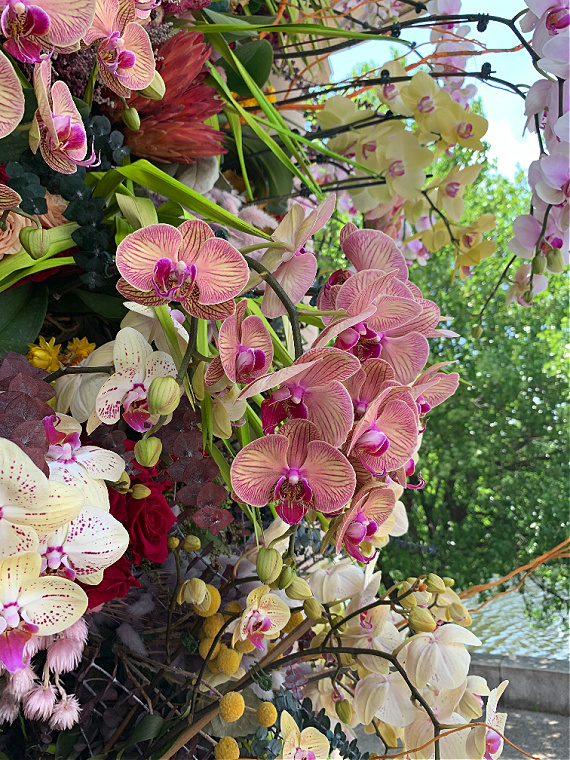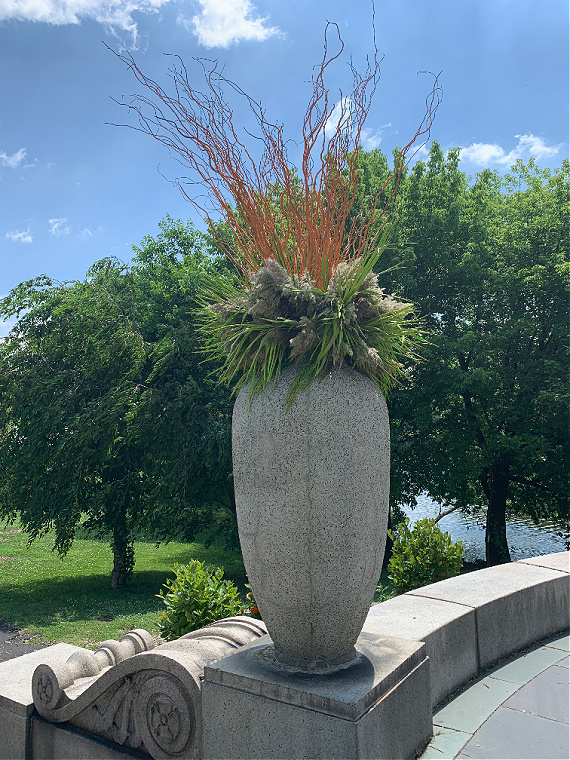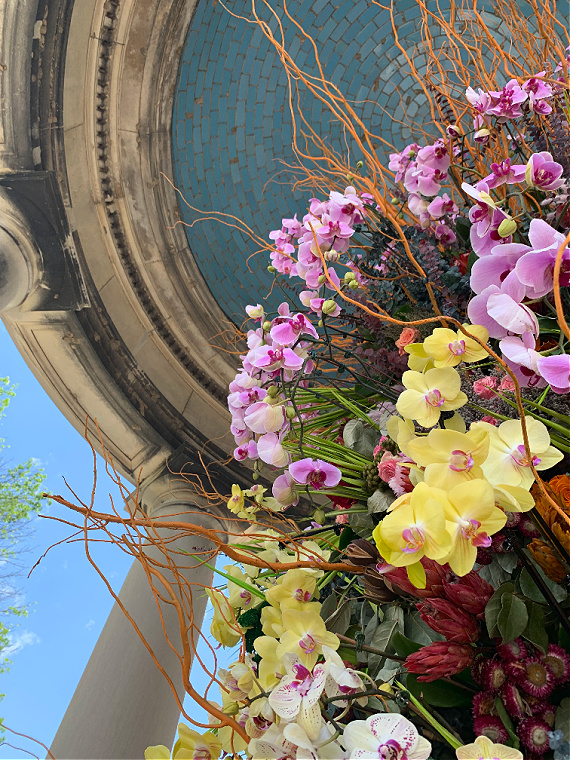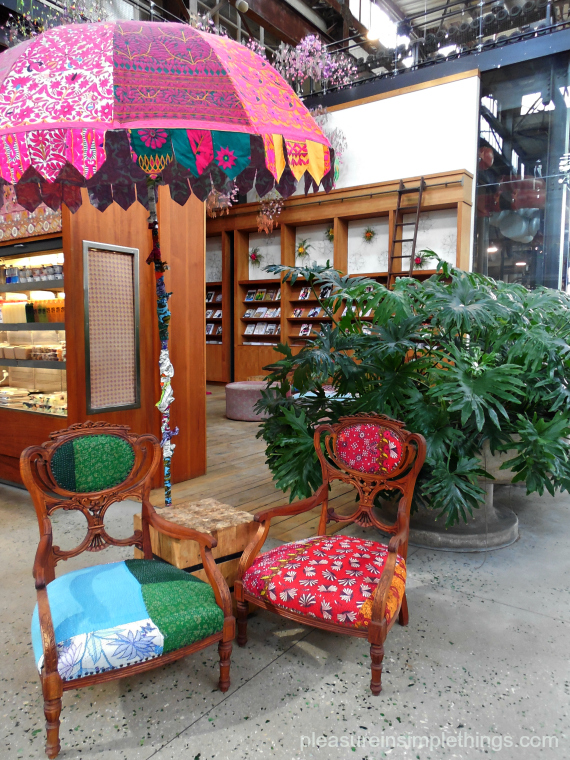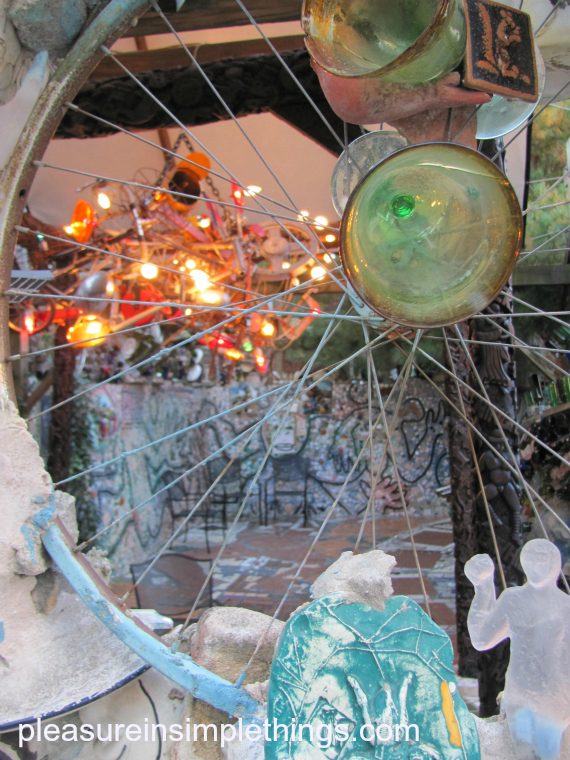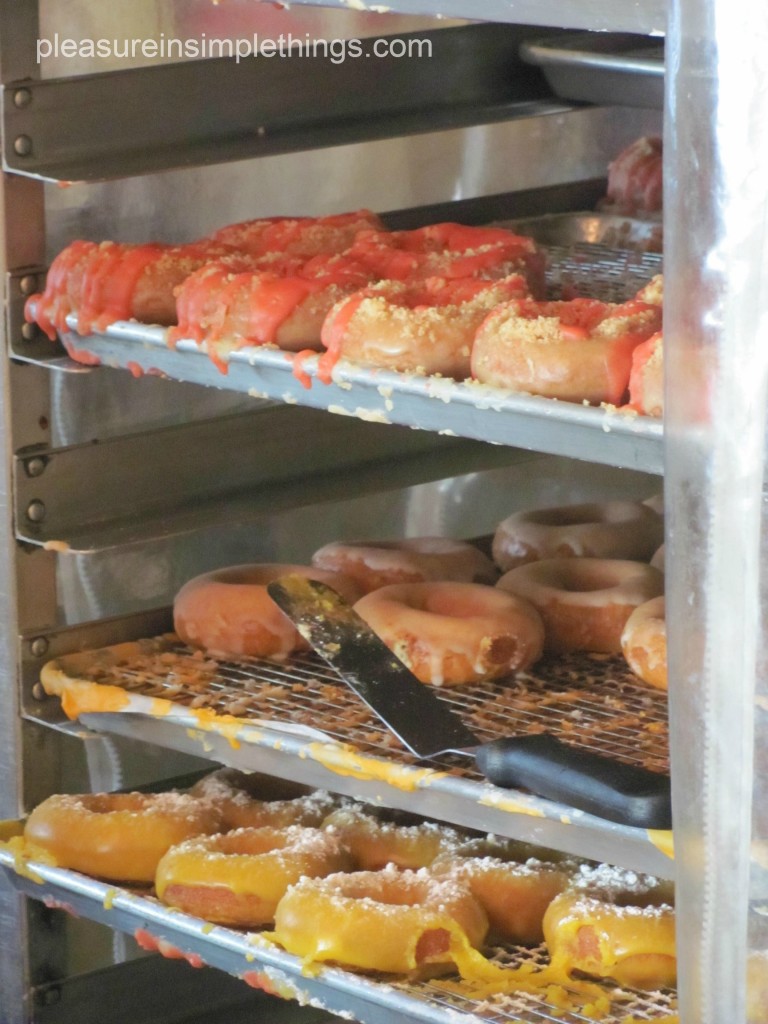
One place I have been meaning to go when visiting Philadelphia is the Pennsylvania Hospital…it is the nation’s first hospital and I have been really curious to see the operating room…especially since it existed before electricity!
For today’s Friday field trip, I am taking you to the nation’s first hospital and sharing some of the interesting facts I learned during my visit.
Even today, considered one of the finest examples of Colonial and Federal architecture in the city, the hospital was founded in 1751 by Dr. Thomas Bond and Benjamin Franklin “to care for the sick-poor and insane who were wandering the streets of Philadelphia.” At the time, Philadelphia was the fastest growing city in the 13 colonies.

The Great Court was restored in 1976 for the nation’s bicentennial and was completed using traditional colonial colors.

In 1847 the American Medical Association designated the Pennsylvania Hospital library as the country’s most important medical library. The collection now contains over 13,000 volumes dating back to the 15th century – including medical and scientific volumes as well as books on natural history. The library includes the nation’s most complete collection of medical books published between 1750 and 1850. The collection also contains several incunabula, books written before 1501, when the printing press was invented.

Some old plaster casts were displayed along the front wall. They were the only method of teaching anatomy during the 18th century since using human cadavers for the study of medicine was illegal at the time.
The top floor of the Pine Building is the home of The Nation’s First Surgical Amphitheater, the “dreaded circular room.” The Amphitheatre served as the operating room from 1804 through 1868. Surgeries were performed on sunny days between 11:00 am and 2:00 pm since there was no electricity at the time. Candles also were used to help illuminate the room. The light in the center is a reproduction of a gaslight and was probably not used until the 1830’s.


The surgeons who first used this room were considered skilled craftsmen. In this Surgical Amphitheatre surgery became the nation’s first medical specialty. Medical students and locals paid to observe the surgical procedures. Posters were placed around town to notify the public of the procedures being performed and the surgeons in attendance. The Surgical Amphitheatre seats 180 and with those standing up to 300 people might be present during any given surgical operation.
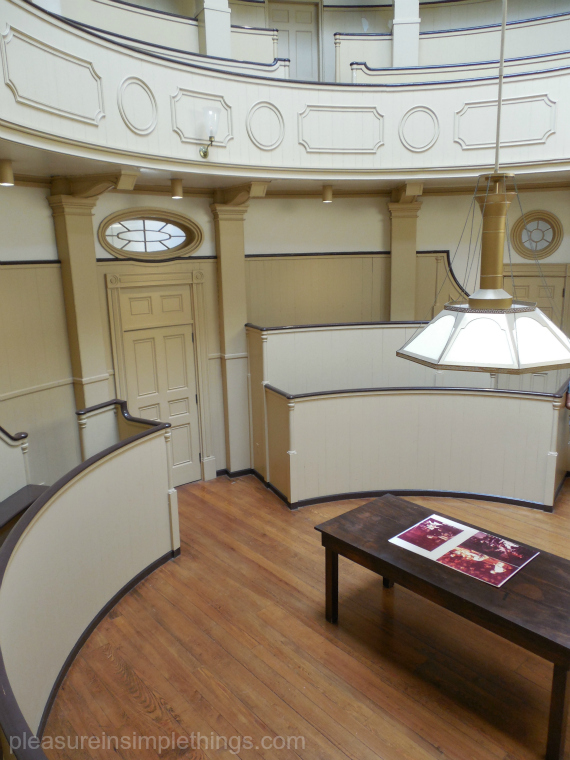

The most common surgical procedures of the day included amputation; removal of internal and external tumors, bladder stones and cataracts; repair of hernias; and the setting of fractures. Patients were carried up the three flights of steps strapped to chairs or on stretchers before their operation.


Anesthesia was not used until the 1840’s. Even then, anesthesia was used only on women because it was believed that they were less resistant to pain. Prior to the use of anesthesia, the surgeons got the patients “blind drunk, gave them opium or administered a sharp tap on the head with a mallet enough to render the patient unconscious and hopefully not dead.”

Sterile technique was not used in this country until the 1890s. Before that the surgeons washed their hands after the procedure. They wore coats to protect their clothing and hung these coats outside the Amphitheatre on hooks on the walls – unwashed for years at a time.
The dry moat surrounding the hospital was used to exercise the mentally ill. Out of morbid curiosity, townspeople gathered on Sundays to watch the patients.
A Physic Garden was proposed in 1774 to provide physicians with ingredients for medicines. But, because of financial circumstances, it was not until 1976 as a bicentennial project of the Philadelphia Committee of the Garden Club of America and the Friends of Pennsylvania Hospital that the garden was planted, containing the plants and herbs that were used for medicines in the 18th century.

More than 250 years later, Pennsylvania Hospital continues to thrive. Pennsylvania Hospital has been designated National Historic Landmark since 1965.
If you find yourself with some free time in Philadelphia, I recommend you take the Pennsylvania Hospital Walking Tour and visit some of the oldest parts of the hospital…particularly the Nation’s First Surgical Amphitheatre! I hope you enjoyed today’s Friday field trip.
Thank you so much for visiting! Have a wonderful weekend, Jackie

